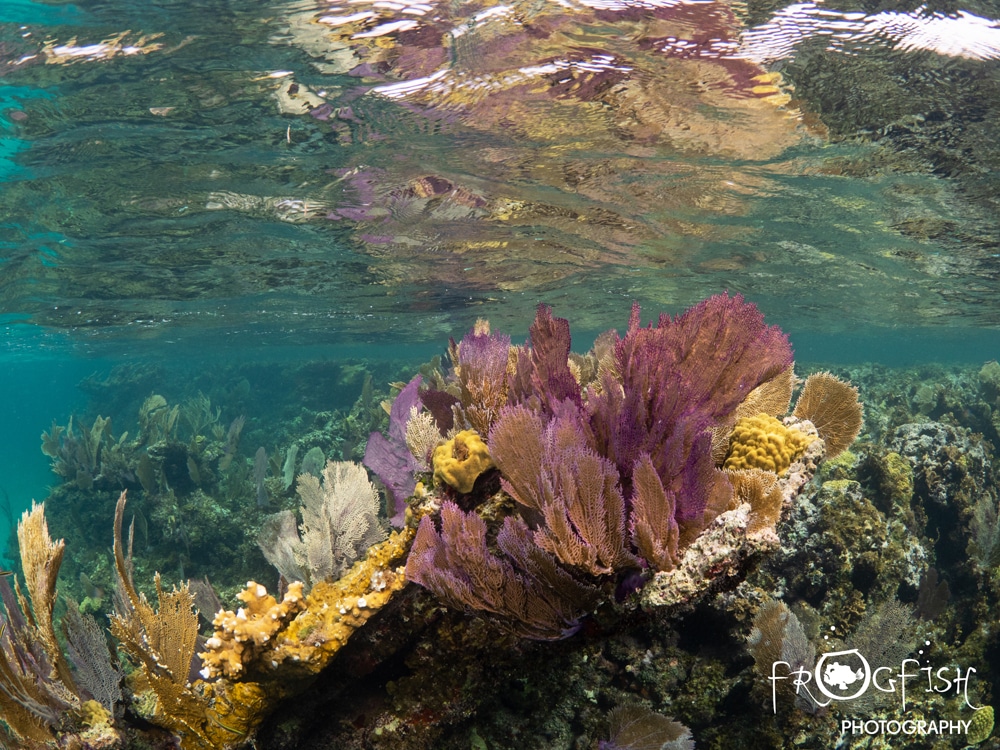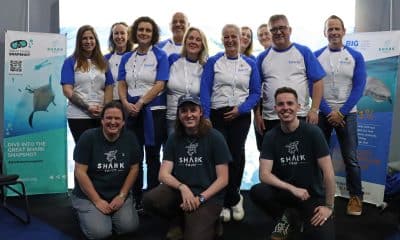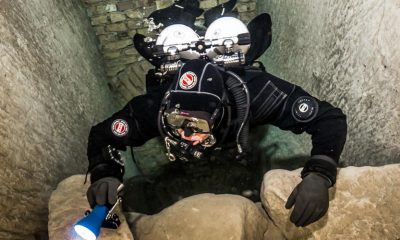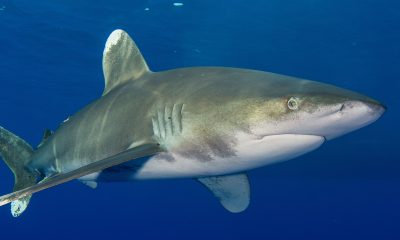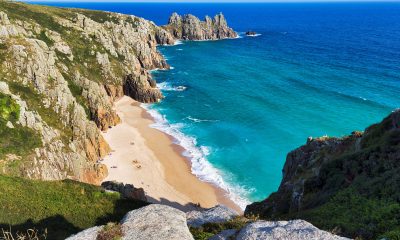News
Virgin Island corals in crisis
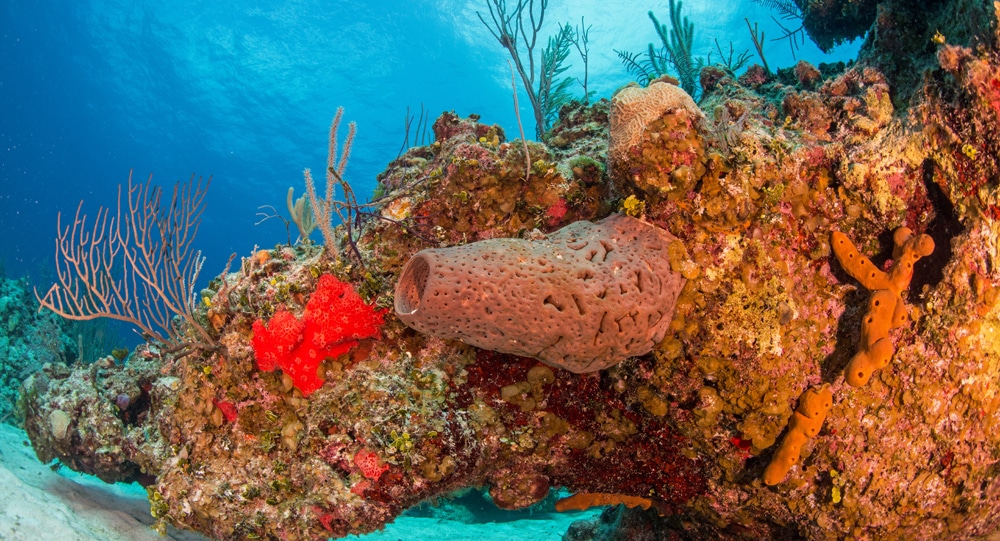
Fast-spreading coral disease ravages reefs of St. Thomas
A coral disease outbreak that wiped out nearly 80% of stony corals between Florida’s Key Biscayne and Key West during the past two years appears to have spread to the U.S. Virgin Islands (U.S.V.I.), where reefs that were once vibrant and teeming with life are now left skeleton white in the disease’s wake. The fast-spreading disease—believed to be Stony Coral Tissue Loss Disease (SCTLD)—has marine scientists scrambling to understand what’s causing the outbreak and how or if it can be contained.
“The disease is affecting a variety of reef-building coral species—many of them long-lived—and appears to be spreading from reef-to-reef throughout southwestern St. Thomas,” said Amy Apprill a marine ecologist at Woods Hole Oceanographic Institution. “It’s the worst multi-species coral disease we’ve ever seen in the Caribbean, and most of the corals that get it die.”
Rapid response
St. Thomas and the other U.S. Virgin Islands depend on corals for tourism and food, and to buffer coastlines from storms. With funding from a Rapid Response Research (RAPID) grant through the National Science Foundation, Apprill, along with colleagues from the University of the Virgin Islands, Rice University, Louisiana State University, University of Texas at Arlington, and Mote Marine Laboratory, are conducting a task-force style investigation to learn more about the disease’s pathology, how it may be spreading through the ocean, and how coral immune systems are responding to it. The researchers are also trying to determine if the outbreak can be stopped before it completely decimates reef ecosystems throughout the region.
“At this point, there’s no end in sight,” said Apprill.
According to Dan Holstein, a coral reef ecologist at Louisiana State University, it’s unclear how the disease has spread from South Florida to the U.S. Virgin Islands. “We don’t see an immediate link or reason it would have travelled south,” he said. But he suspects that it could be spreading through the region from boat ballast water or ship hulls. “One reason we’re looking into this is that the first observation made of the disease in the Virgin Islands was very close to the port of St. Thomas, where ships drop their ballast water,” he said. “Based on this hypotheses, we’re creating hydrodynamic models to predict where the disease might move next now that it’s established in the region.”
Similar signs to Florida outbreak
Regardless of how it got to the Caribbean, the researchers feel that the disease they’re seeing is the same one that caused the loss of nearly 100,000 acres of corals in Florida over the past five years. Most of the U.S.V.I. corals that have been affected so far—brain corals, pillar corals, and other stony species—have exhibited the same types of large, stark-white lesions as those affected in Florida.
At Apprill’s lab in Woods Hole, Mass., she and her team are analyzing samples of corals from a recent experiment that took place in the Virgin Islands to try to confirm that it is in fact an SCTLD outbreak, and to better understand the pathogen and other microbial responses to the disease.
“Our collaborative team conducted an experiment where we held affected corals next to healthy ones to track the spread of the disease, and to test to see if there are immune functions that certain stony coral species have that others do not,” said Apprill. “We are also looking to identify a bacterial pathogen, and understand how changes in how the coral microbiome may impact disease susceptibility.”
‘Natural disaster” for reef ecosystems
Marilyn Brandt, a coral disease ecologist at the University of the Virgin Islands who is leading the investigation, has seen many coral diseases come and go throughout the Virgin Islands but says this one is unprecedented. “The rate of spread is much faster than diseases we’ve known in the past, and what’s really devastating is the number of corals it’s killing,” she said. “A lot more are being affected than we’ve seen in previous outbreaks, and whereas other diseases tend to burn themselves out, this one continues to march down the reef.”
Despite the persistence of the disease, attempts to mitigate it are underway. When possible, researchers surveying the reefs are removing affected colonies to try to curtail the disease’s spread. And the public is being encouraged to report sick or dead corals to the U.S.V.I. Department of Planning and Natural Resources and to avoid impacted reefs. The public is also being asked to disinfect any gear that may have come in contact with water in an affected area. But according to Apprill, containing disease outbreaks like this could become more challenging if microbes become more pathogenic in the future due to climate change.
“This particular outbreak is indeed a ‘natural disaster’ for reef ecosystems that’s going to require us to work fast and collaboratively to understand it and fight it,” she said.
This research is funded through the National Science Foundation’s Biological Oceanography program, and is a collaboration between Marilyn Brandt and Tyler Smith (University of Virgin Islands), Amy Apprill (WHOI), Adrienne Correa (Rice University), Daniel Holstein (Louisiana State University), Laura Mydlarz (University of Texas at Arlington) and Erinn Muller (Mote Marine Laboratory).
For more information visit the WHOI website by clicking here.
Blogs
TRAVEL BLOG: Jeff Goodman Dives SOMABAY, Part 2
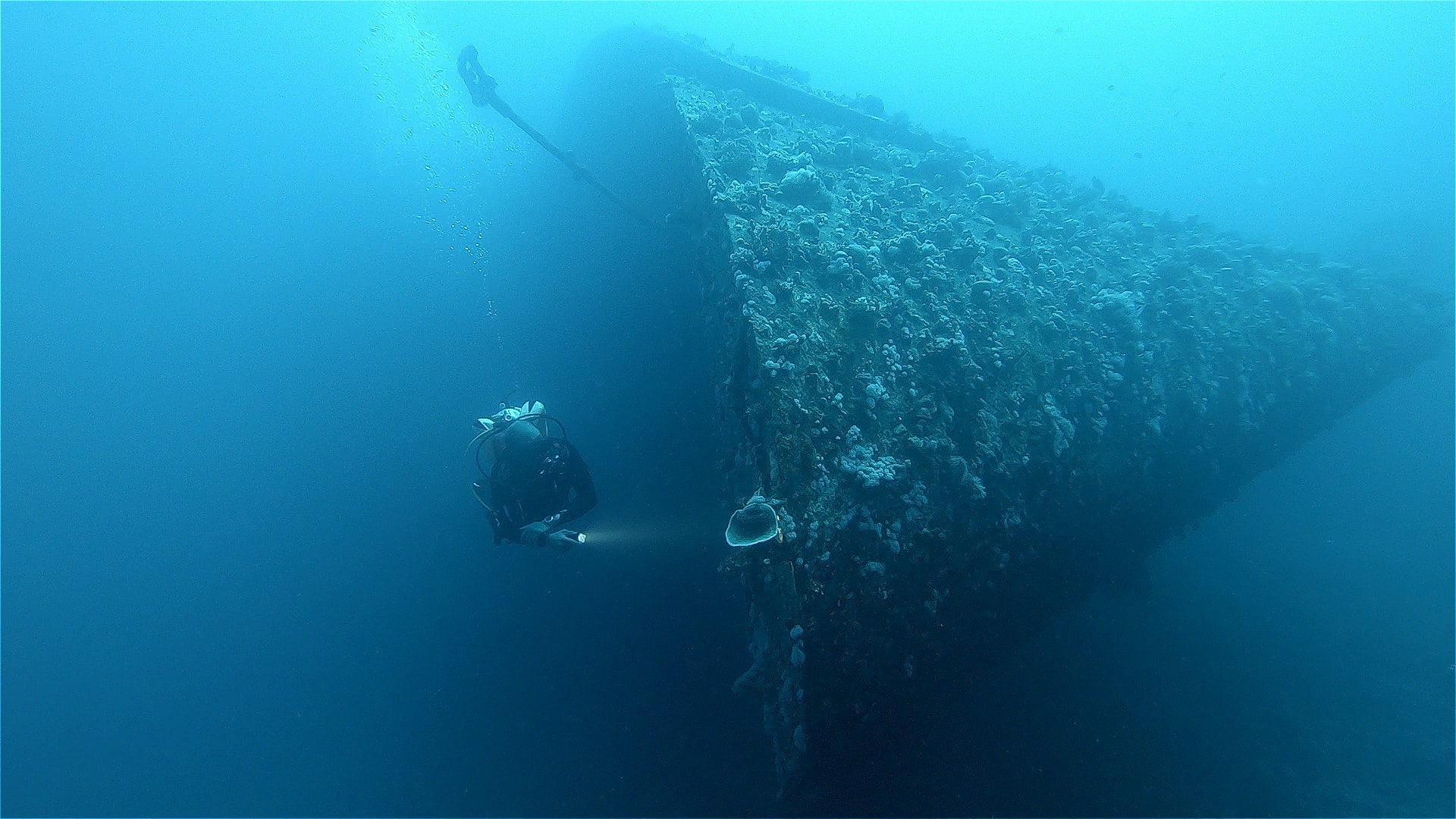
Day three of my trip to Somabay and we were spending the day on the Lady Christina and diving on the wreck of the Salem Express.
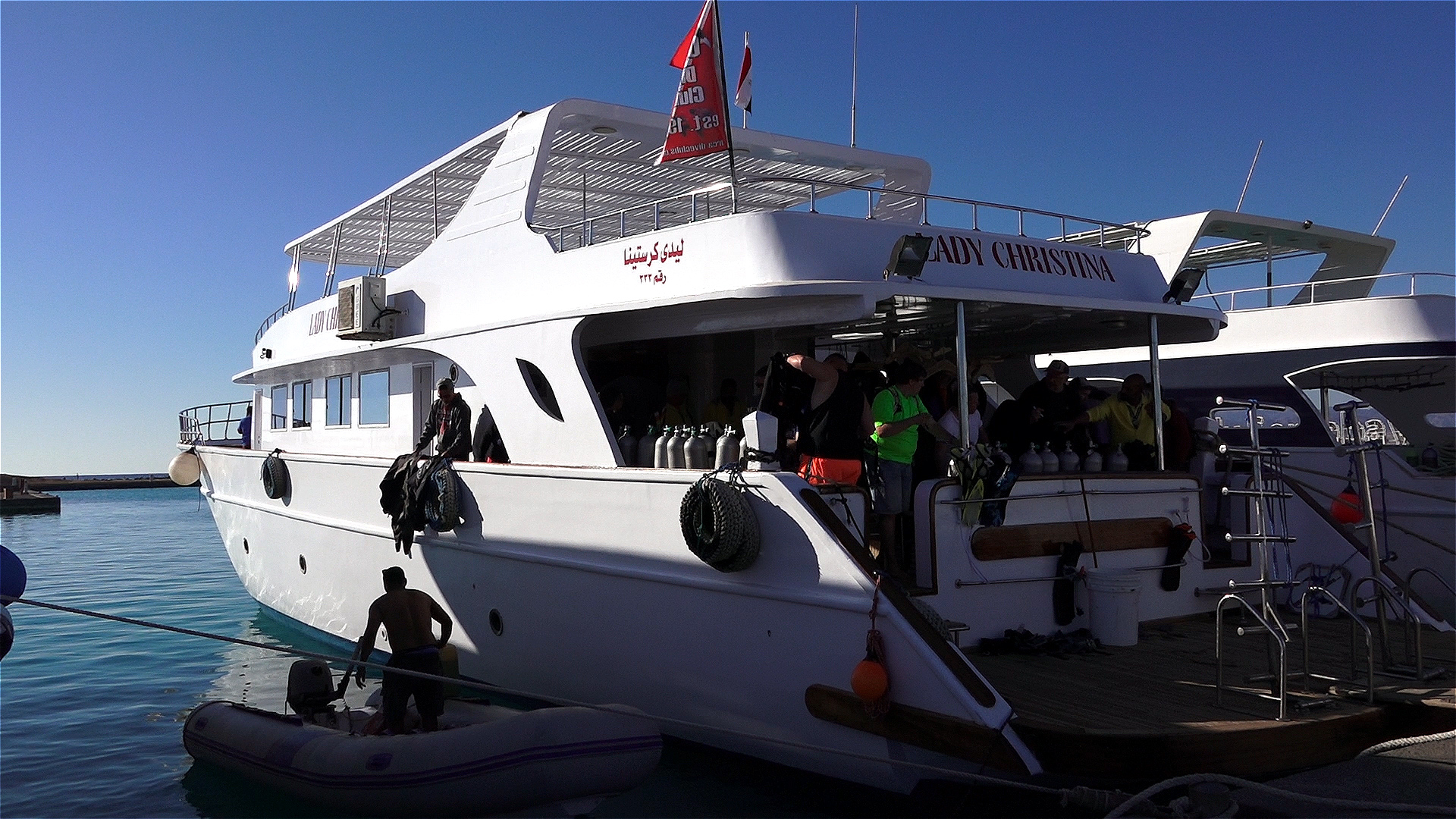
Diving wrecks for me is always one of mixed emotions. The excitement of diving a wreck is more than often tempered by the thought of loss of life when she sank. The Salem Express was a passenger ship and a roll-on/roll-off ferry travelling from Jeddah, Saudi Arabia to Safaga, Egypt. Most passengers were of poor class travelling home from their holidays while around 150 people were returning home from their pilgrimage to Mecca.
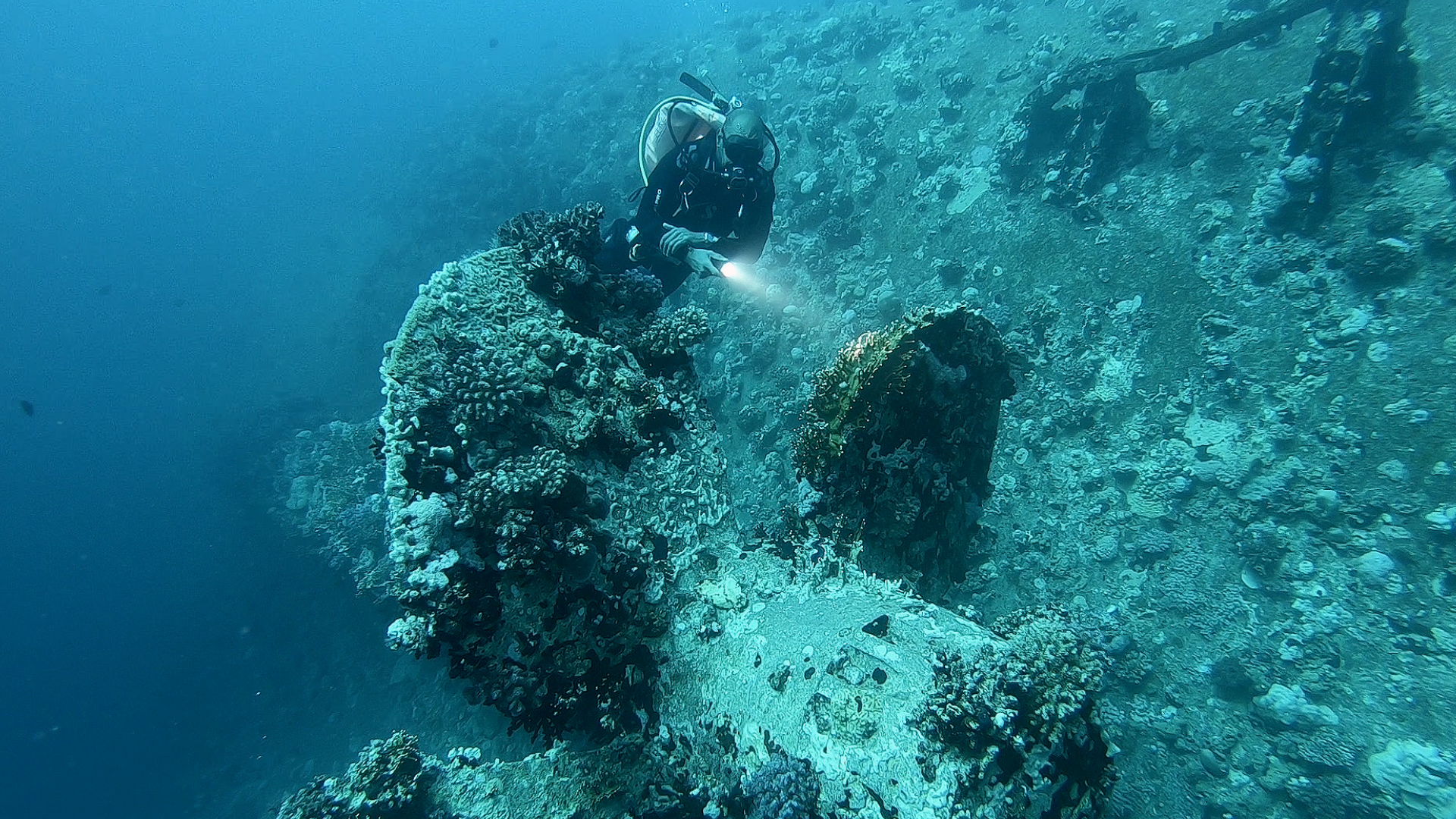
The ship struck a reef and sank within 20 minutes. Passengers were trapped below deck and the ship was filled with fear and panic.
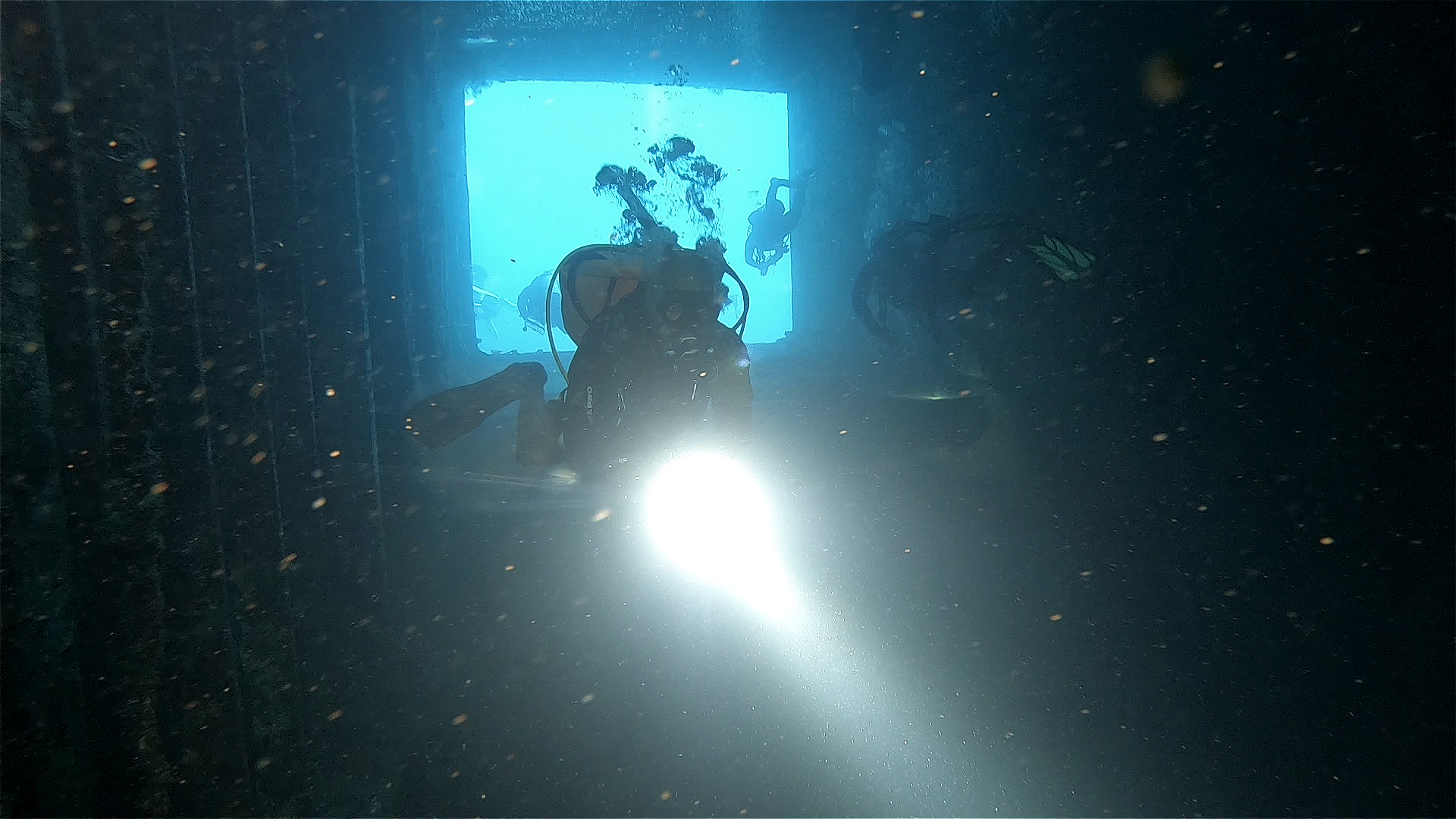
The wreck area is strewn with personal belongings from the crew and passengers such as a transistor radio and a flat iron for clothes. A diver at sometime has put them in a prominent place to be seen.
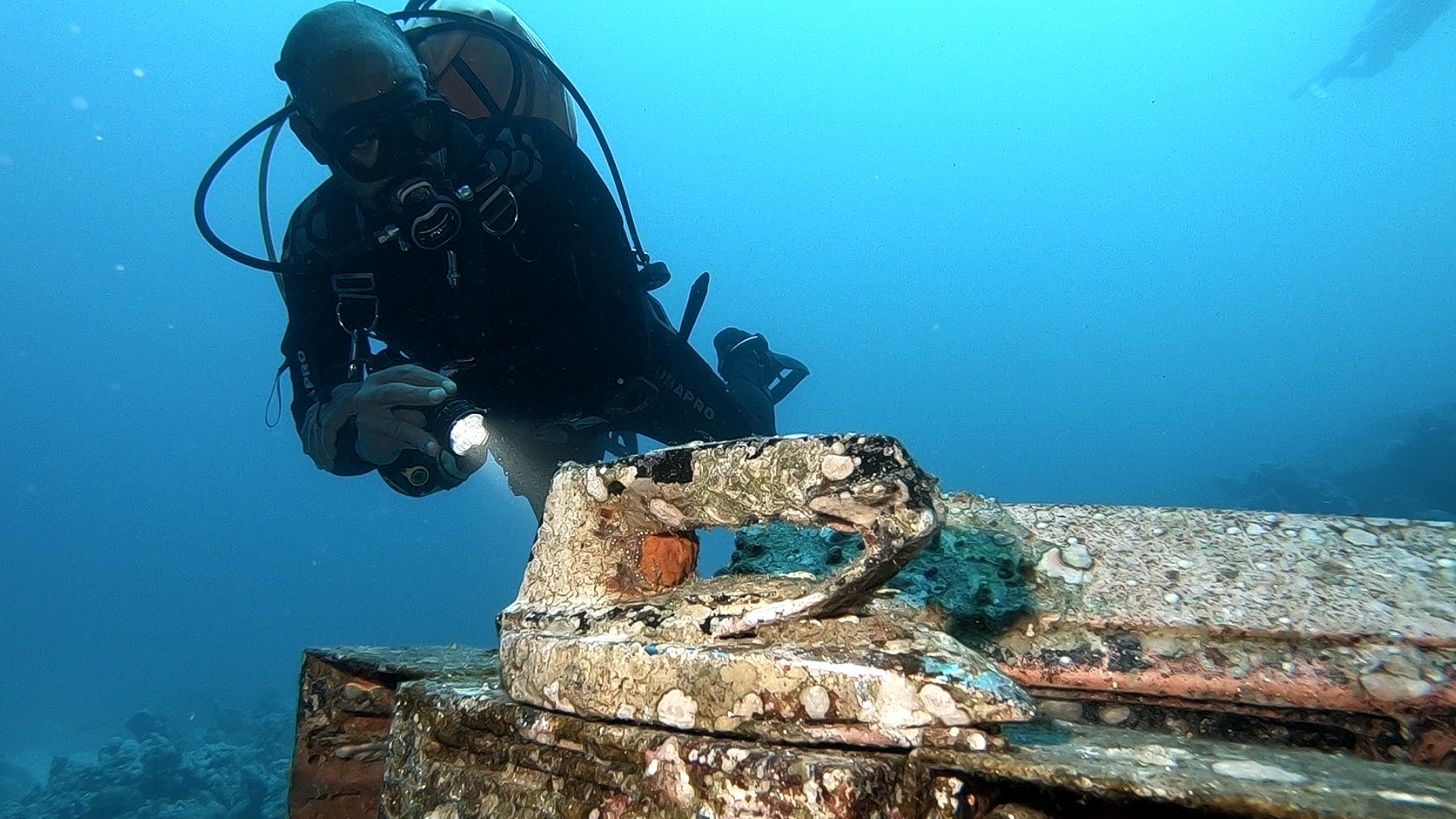
Tragically only one life boat was launched while the others went down with the ship. More than 600 men, women and children lost their lives here.
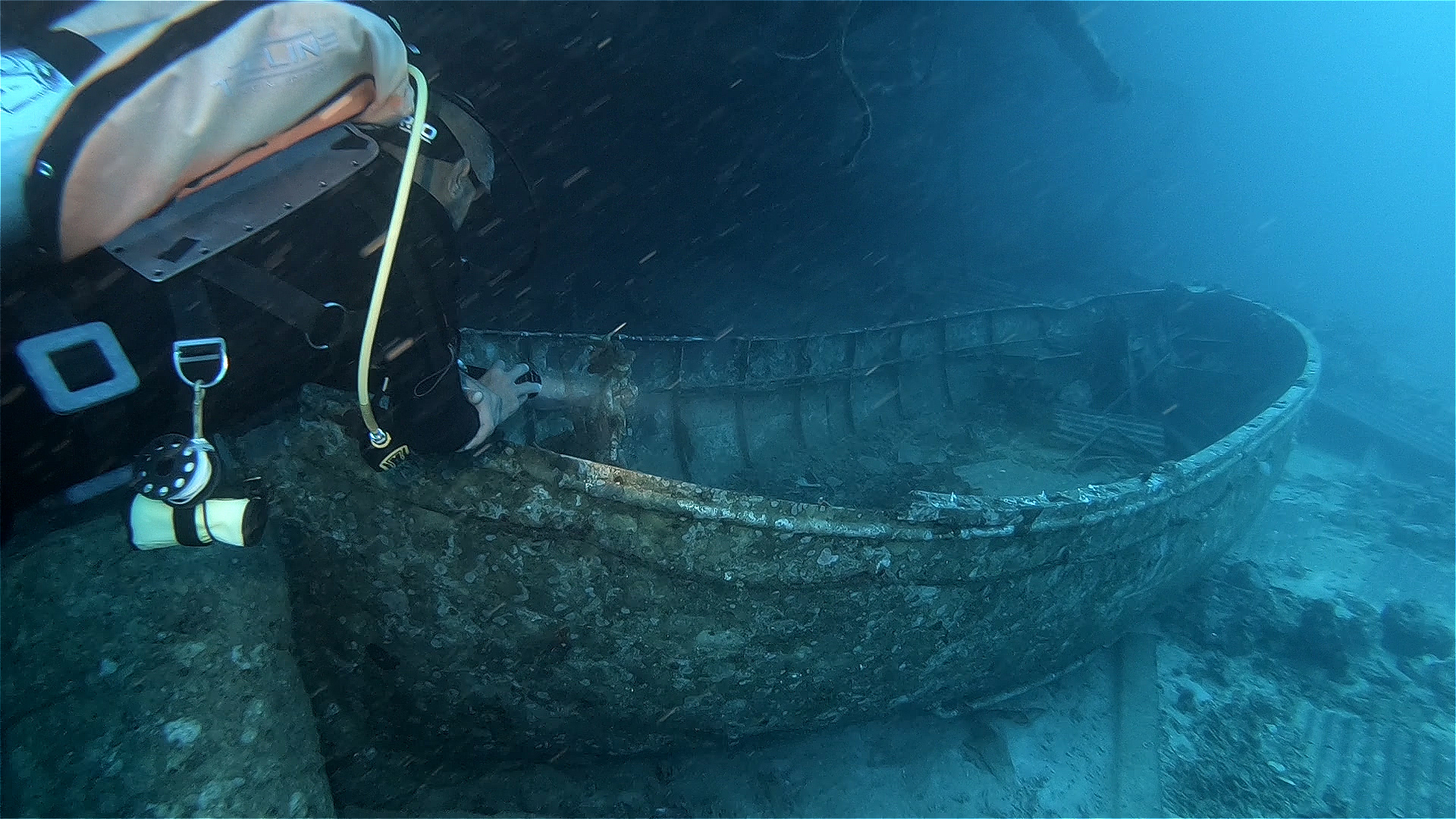
It’s a stark reminder that the sea can be unforgiving and so when we dive on such wrecks we should do so with humble regard.
Returning to the surface, shoals of fish are gathered under our boat and seem to be welcoming us back into the light.
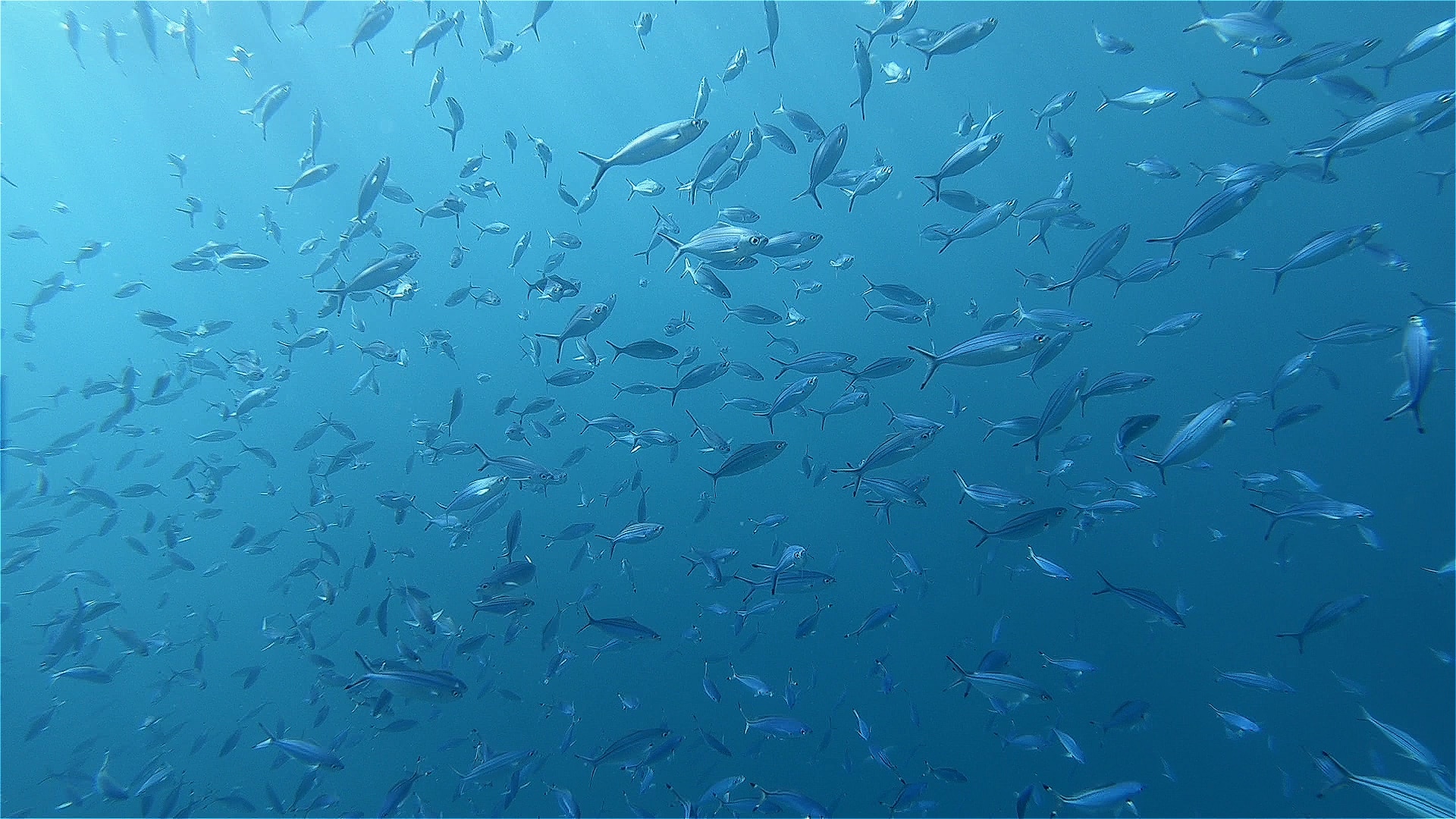
Back at the Breakers I sat in the dining area with a beer and a very good meal while my thoughts still remained with the day’s dive on the Salem Express.
Check in for part 3 tomorrow for Jeff’s last day of diving with Somabay on the off-shore reefs looking for turtles.
Book your next Red Sea dive adventure with SOMABAY! For more information, visit www.somabay.com.
Stay at the Breakers Diving & Surfing Lodge when you visit! For more information, visit www.thebreakers-somabay.com.
Find out more about ORCA Dive Clubs at SOMABAY at www.orca-diveclubs.com/en/soma-bay-en.
Blogs
TRAVEL BLOG: Jeff Goodman Dives SOMABAY, Part 1
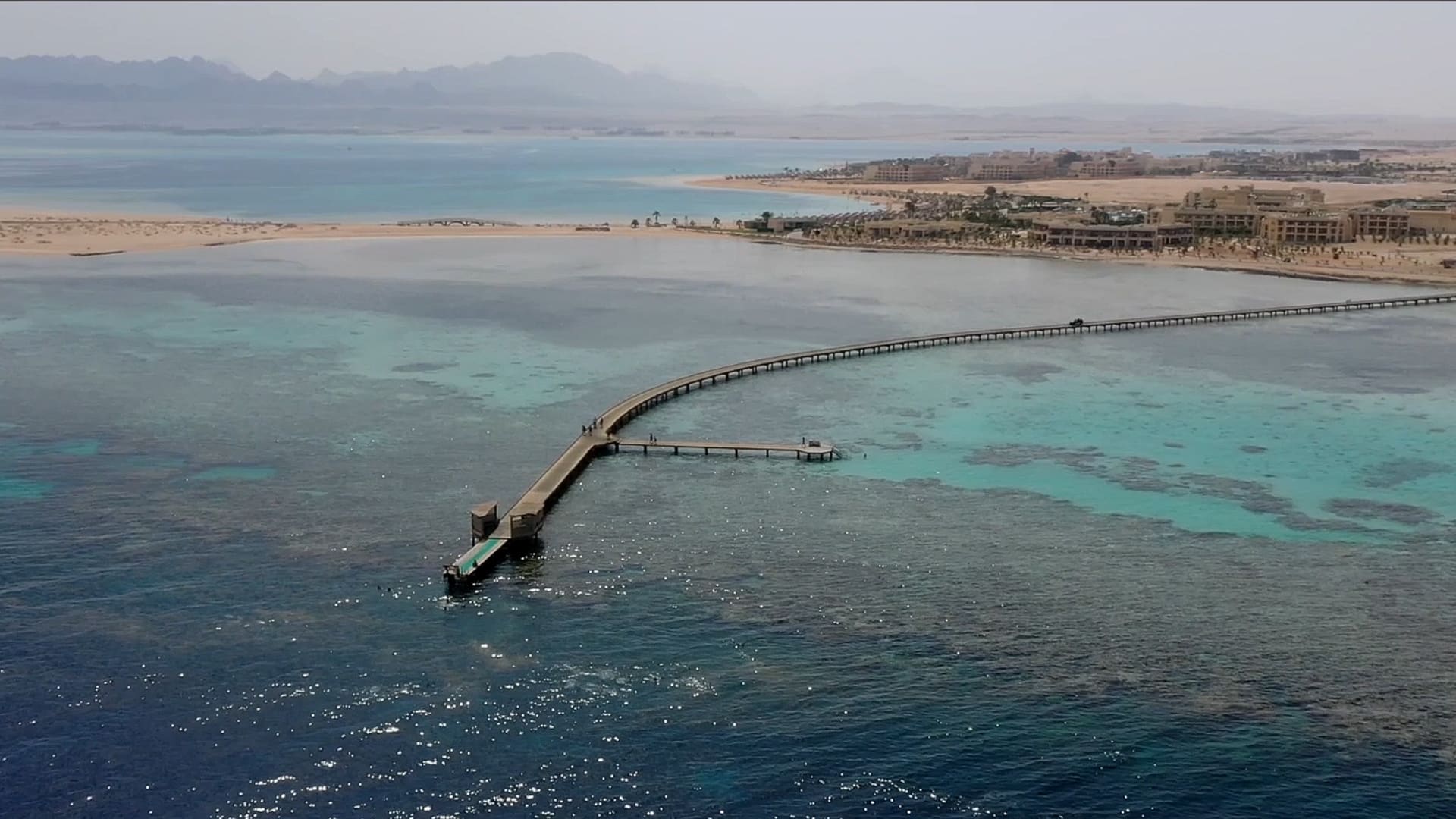
For a week at the end of February I was invited to sample the diving with Orca Dive Club based at the Breakers Diving and Surfing Lodge by courtesy of SOMABAY.
Somabay covers an entire peninsula and is home to several resorts as well as residential compounds. Somabay caters for scuba diving as well as many other sports, including windsurfing, golf, sailing, go-carting, horse riding and many other activities.
All the activities are of a world-class standard and any or all of these can be booked directly from The Breakers.
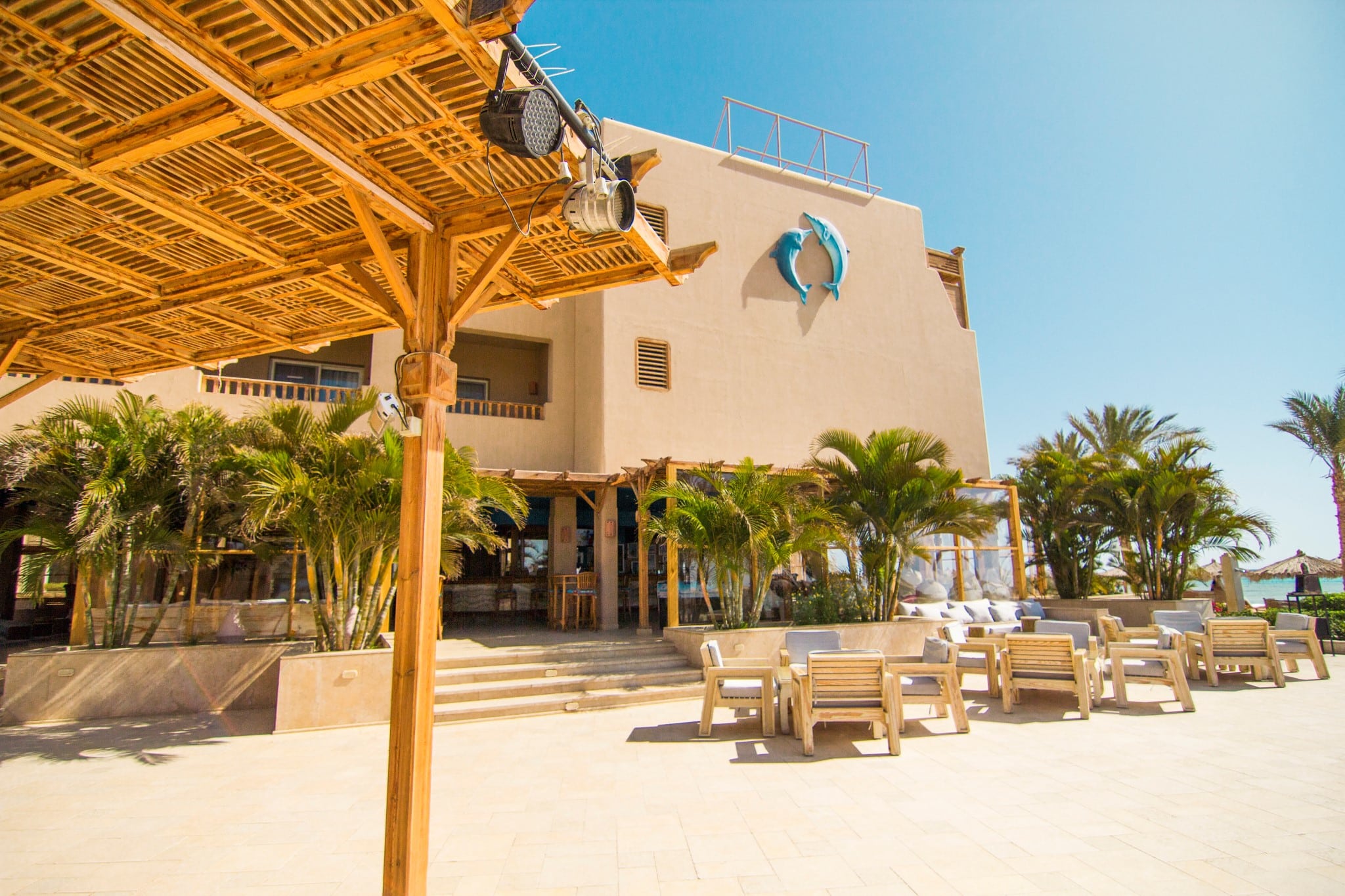
I took Easyjet from Bristol (UK) to Hurghada. Easyjet are not by any means my favourite airline but the flight was cheap and direct (except for the surprise extra £48 I was charged at the gate for my carry-on bag).
I was met at Hurghada airport by a driver and car and taken to the Breakers 28 miles (45Kilomaters) south along the coast. Once at the hotel I was too late for an evening meal and so a basic meal was delivered to my room. That and a beer from the fridge and I was fast asleep.
Early the next morning after breakfast I arrived for my rep meeting at the Orca Dive Center for 8.00am. I was immediately made to feel welcome, and after brief introductions I got some dive gear from the store, had a chat with my dive guide Mohamed and got ready to try the house reef situated at the end of a very long wooded pier where all diving gear and divers are taken out by buggies.
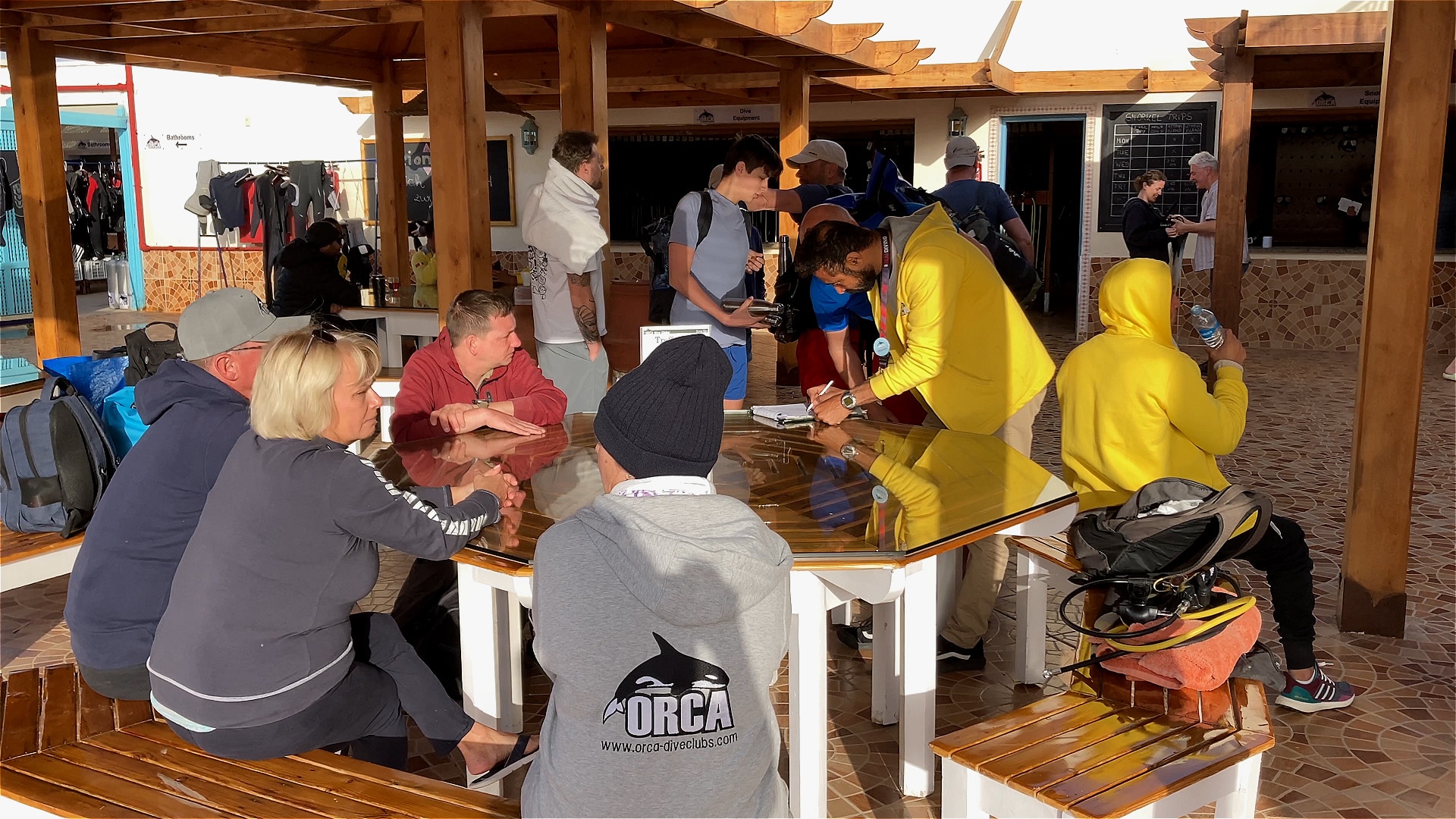
Once at the end of the pier, a helping hand from staff makes sure your gear is set and then it’s a short walk to the very end where you can either climb down a ladder of simply jump in the water next to the reef. The house reef extends both north and south giving a very easy and safe dive with plenty to see. At this time of the year the water temperature was a constant 22 degrees Centigrade and there was little or no current, so there were no issues in swimming back to the pier.
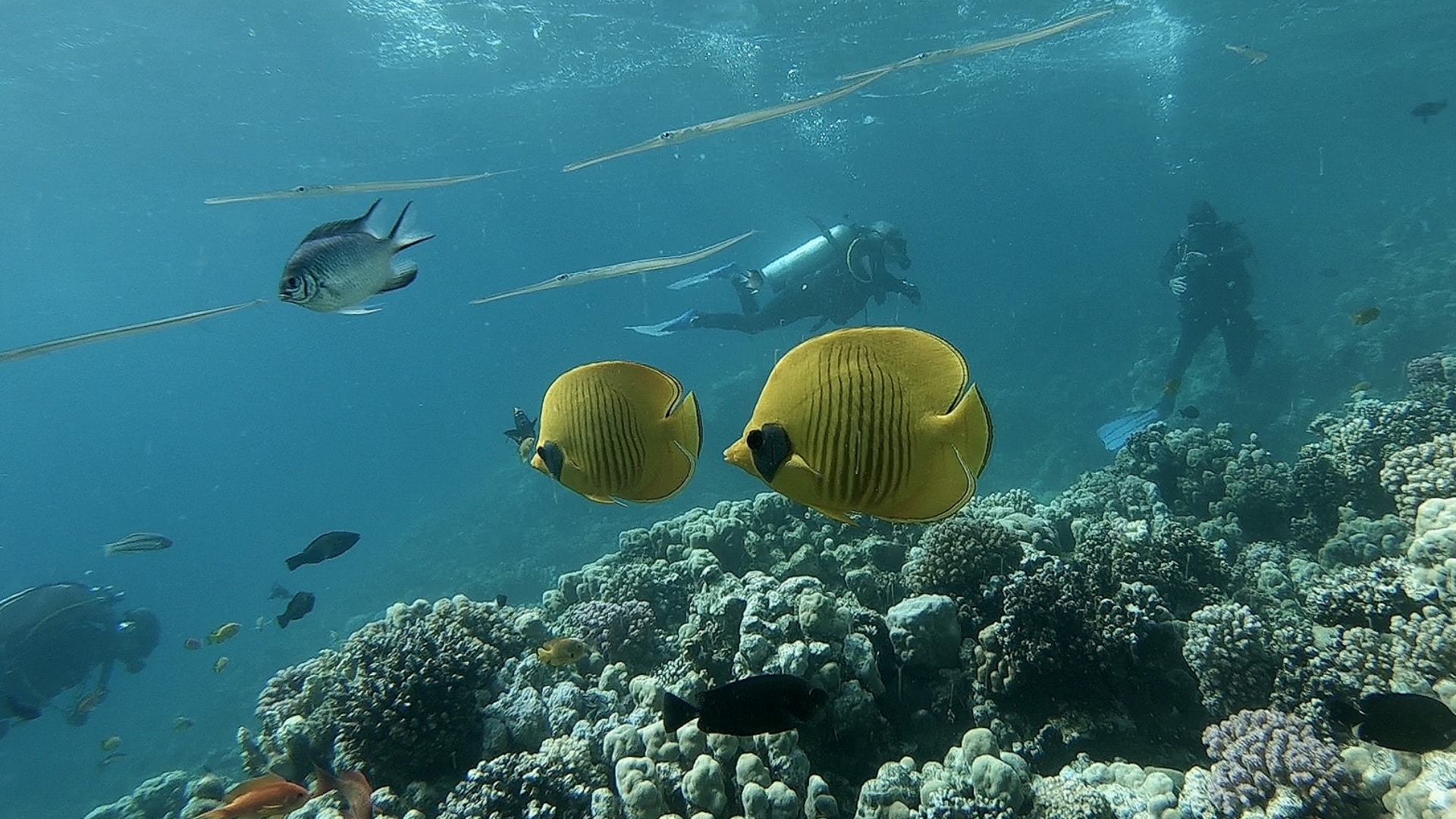
Quite a few divers were in dry or semi-dry suits, but being from the UK and used to the cold I found a 3mm wetsuit with a 3mm neoprene vest quite comfortable. Even after 50 years of diving I still find that first dive of a trip slightly nerving until I am actually underwater and then all becomes relaxed and I ease into auto diving mode. There was plenty to see with many of the Red Sea favourites along the way.
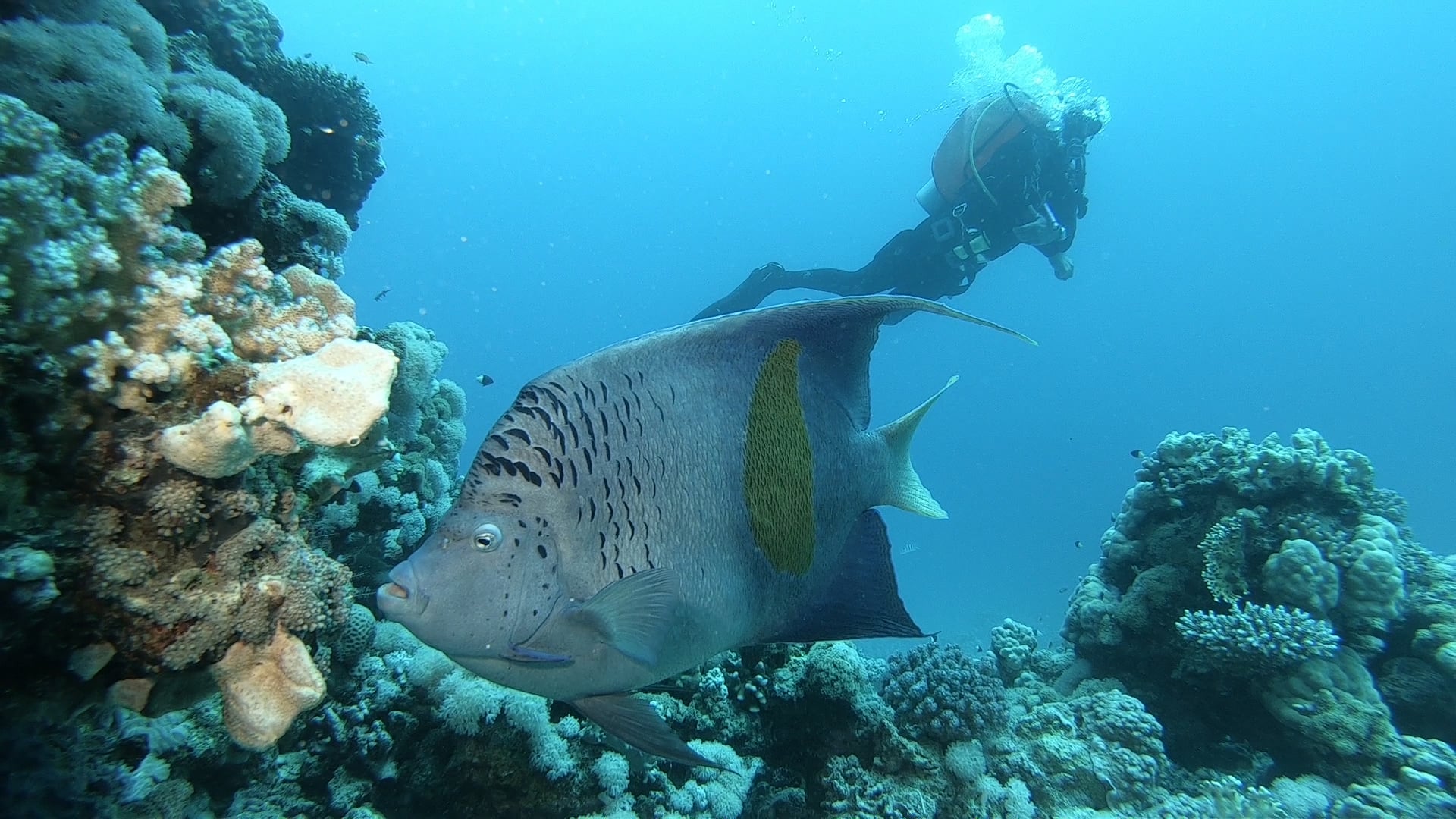
After the dive and a buggy ride back to the hotel for a very good buffet lunch I was back in the water, once again on the house reef for an afternoon dive.
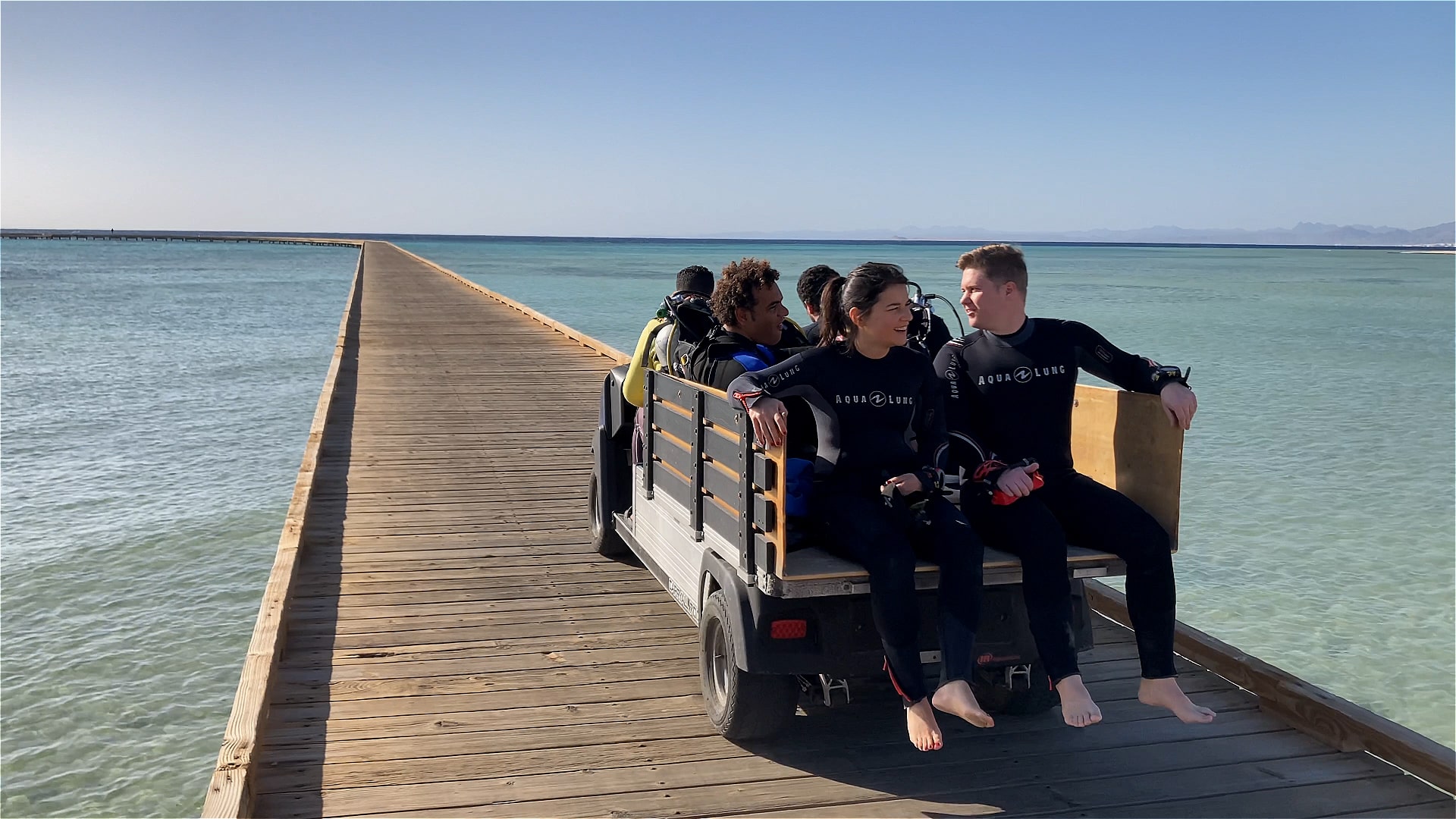
Check in for part 2 tomorrow when Jeff gets on a day boat and dives a few of the off-shore reefs.
Book your next Red Sea dive adventure with SOMABAY! For more information, visit www.somabay.com.
Stay at the Breakers Diving & Surfing Lodge when you visit! For more information, visit www.thebreakers-somabay.com.
Find out more about ORCA Dive Clubs at SOMABAY at www.orca-diveclubs.com/en/soma-bay-en.
-
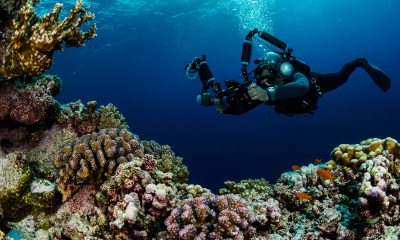
 News3 months ago
News3 months agoHone your underwater photography skills with Alphamarine Photography at Red Sea Diving Safari in March
-
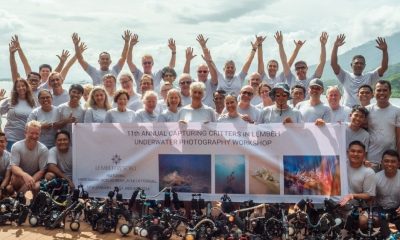
 News2 months ago
News2 months agoCapturing Critters in Lembeh Underwater Photography Workshop 2024: Event Roundup
-
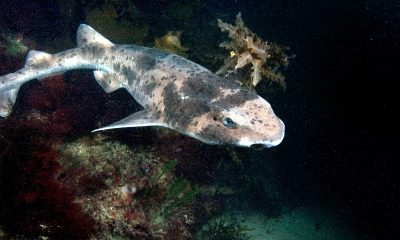
 Marine Life & Conservation Blogs2 months ago
Marine Life & Conservation Blogs2 months agoCreature Feature: Swell Sharks
-

 Blogs1 month ago
Blogs1 month agoMurex Resorts: Passport to Paradise!
-
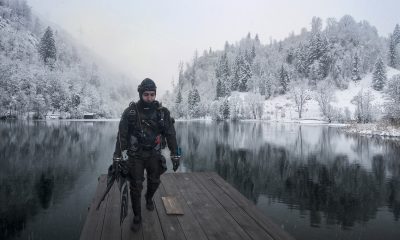
 Gear News3 months ago
Gear News3 months agoBare X-Mission Drysuit: Ideal for Both Technical and Recreational Divers
-

 Gear Reviews2 months ago
Gear Reviews2 months agoGear Review: Oceanic+ Dive Housing for iPhone
-
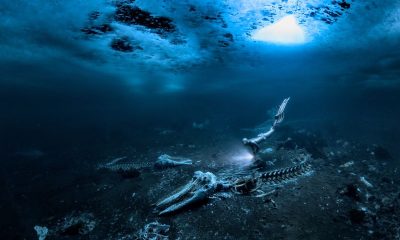
 Blogs2 months ago
Blogs2 months agoDiver Discovering Whale Skeletons Beneath Ice Judged World’s Best Underwater Photograph
-
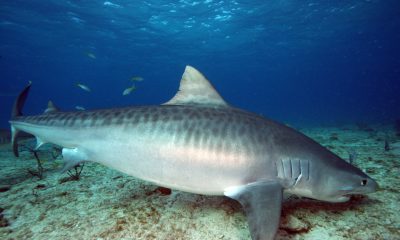
 Blogs3 months ago
Blogs3 months agoThe Thrilling Encounter with Tiger Sharks at Beqa Lagoon’s ‘The Colosseum’ with Coral Coast Divers


